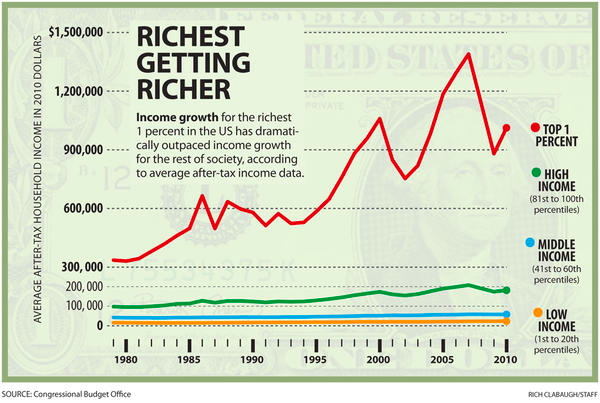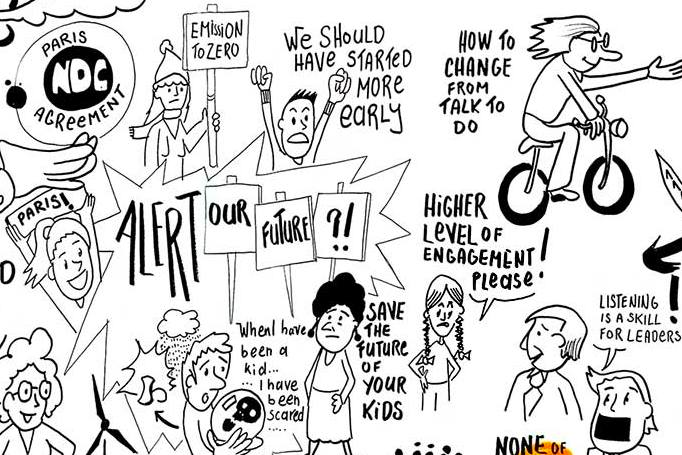Is Economic Growth leading to greater Disparity in the 21st Century?
- Ananya
- Jul 13, 2023
- 3 min read

Economic growth is a period of aggregate demand observed by the rise in the Gross Domestic Product of a nation, it is determined by more quantitative means rather than qualitative, with its focus on increased economic activities as seen from a rise in the final market value of all goods and services produced within a nation during a time period. With its strong correlation with an increased GDP per capita signifying an increase in the attribution of the total national output for an individual, many claim that economic growth alleviates income inequalities and absolute poverty with the newfound wealth that it brings to society.
However, economic growth is not always observed uniformly among nations, with disparities in its distribution observed globally leading to the accumulation of wealth in the hands of the richest, further augmenting disparities and pushing individuals below the poverty line. The nature of the correlation of economic growth with income inequalities and poverty is commonly disputed, with individuals arguing for the misinterpretation of growth as development.
Income inequalities and poverty are grave societal issues that often go hand in hand, with an increase in poverty (which is the condition where individuals are below the established poverty line and are deprived of their basic needs for a decent standard of living) observed as a result of disparate income distribution within a nation. This can be observed from the increase in poverty rates in India after a disparate income distribution. In India's post-pandemic recovery, in 2021 with the federal Atmanirbhar Bharat and festive season schemes, it was observed that despite the nation having one of the highest economic growth rates in the world, the poorest 20% of the nation observed a downward plunge of 53% in their income which caused an increase in the poverty rates of the nation for the first time in decades (after the liberalisation of the economy in 1991) while the richest 20% observed an upward income surge. The inadequate distribution of the wealth accumulated in the post-pandemic scenario in India served to widen the gap between the lowest and highest quintiles of society, presenting how economic growth does not always reduce income inequalities and poverty, rather, it also has the potential to augment them.
On the other hand, while economic growth doesn't always reduce income inequalities and poverty, it is claimed that in the cases where this growth translates into economic development, we tend to observe an increase in per capita income, and in the standard of living and hence, a decline in poverty rates. Economic development is a process of holistic, multidimensional and materialistic progress in the standard of living, which rather than the GDP of a nation, is reflected by the Human Development Index. The human development index is a three-dimensional measure adopted by the UNDP that observes and quantifies a region's access to knowledge (education), longevity (life expectancy) and standard of living (expressed via purchasing power and income index) in order to establish a materialistic measure of livelihood. Rather than increasing when the economic output of a nation increases, HDI observes increases when this economic output increase has positively influenced the majority of society rather than just the wealthy individuals; such influences could include the overall reduction in unemployment, increase in infrastructural capacity, improvement of education systems, increase in household incomes, etc.
In Bangladesh, a once poverty and famine-ridden nation, an increase in economic growth caused by the growth of the ready-made garment industry, slowing rates of population growth and federal schemes for unemployment stimulus packages even during the pandemic showed a doubling in the HDI measure of the nation and a reduction to 22% from 80% in poverty rates.
In such cases, when economic growth is as equitable as it was in Bangladesh and causes increases in a nation's overall development, economic growth can lead to reduced poverty and reduced income inequalities, but not always; this is the exception, but not the rule. The federal management of economic growth and the proliferation of its benefits, such as via the 'trickle down' theory, is important to ensure that economic growth always reduces income inequalities and poverty, however, this concept of equality through equity is regarded as a utopian ideal, with economic growth (more often than not) creating winners and losers.
With this, it is adequately recognised that economic growth does not always reduce income inequalities and poverty and may veil itself as a boon despite being a bane. The rich are getting richer, and the poor are getting poorer. Across the world, it is essential to recognise the distribution of this economic growth, particularly with equitable considerations for minority groups (such as ethnic minorities, women in STEM corporations, etc. and less privileged or represented groups; this is to be done not only within nations overall, but in small, medium and large enterprises that form the world's economic landscape.



Comments